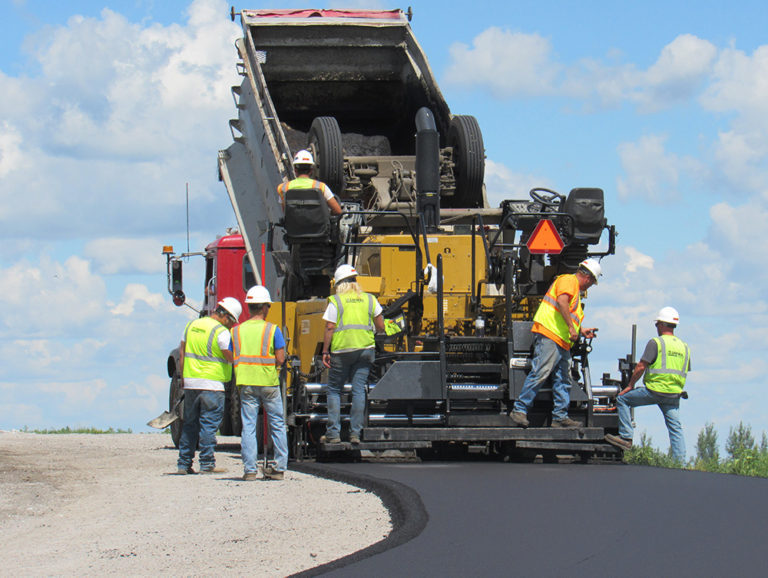Prefabrication construction is poised to significantly expand its role if the pandemic’s impact on the building industry indicates future trends.
The pandemic’s impact on construction projects can remove industry barriers that hinder off-site construction becoming a viable alternative to traditionally built buildings. Only a fraction of projects are currently built with prefabricated/modular construction, despite its many benefits.
The immediate change posed by the pandemic altered how construction and design are delivered. For example, how some cities respond to pandemic required “virtual inspections” could provide a process for this type of inspection at the factory level in the future. Owners, designers and builders all were forced to look at non-traditional ways to deliver their projects. There have always been companies who work to stay on the cutting edge of changes in our industry. Those companies kept doing what they do but tend to be late adopters who were accelerated toward investigating, and ultimately implementing, off-site construction.
Off-site Construction Minimizes Pandemic and Labor Challenges
As a result, more builders looked to pivot to off-site construction methods to help minimize the risk of COVID-19 infection among workers at jobsites. They also see prefab as a way to offset the shrinking workforce, further exacerbated by the pandemic. When the outbreak delayed or terminated projects, workers were idled. In the last recession, many construction workers who were laid off left the industry for good. It remains to be seen if the current downturn has the same impact.
Faced with a declining workforce and based on current CDC social distancing requirements, it would be prudent for the industry to lean more toward modular construction to help alleviate the problem of fewer workers at jobsites. And the current rebound in construction activity may be the best incentive that builders need to use prefab for projects. One industry source estimated that construction spending will climb to $1.45 trillion this year, a 1.3% increase from the prior year.
This essentially means that there are only two ways to respond to the industry’s dwindling on-site workforce: figure out how to operate with fewer people on-site or use a non-traditional approach. Off-site construction is the answer for both.
Comparing On-Site Versus Off-site Construction Careers
Construction is a demanding career. There are physical demands on the individual and work conditions that are not as favorable as other careers. These conditions include irregular work schedules, travel to distant jobsites, safety and health concerns, inclement weather and other job-related issues. A manufacturing environment can alleviate those conditions, retaining high-paid workers and opening the industry to a non-traditional workforce.
The construction industry is becoming more comfortable using technological innovations, such as BIM, which allows trades to build models to fabricate components. Fabrication level detailing can also be incorporated into the design documents much earlier by using standard components in a building. The industry also has become more receptive to off-site construction as it continues to find different ways to improve building methods.
Case Study: DFW International Airport Launches Prefab Renovation Project Amid Pandemic
A good example of a successful prefabrication project was the complete renovation of the men’s and women’s restrooms at Dallas-Fort Worth International Airport’s Terminal A 29.
In this case, prefab construction as a strategy was conceived well before the country went into lockdown at the onset of the pandemic. The project was led by the design-build firm The Beck Group and Factory Blue, Beck’s multi-trade prefabrication arm. Completed earlier this year, the project is part of the airport’s plans to upgrade its restrooms to ensure that they all have the same consistency in design and aesthetic.
Throughout the project, DFW Airport officials, Beck and Factory Blue collaborated to build the critical elements of the 2,080-square-foot women’s restroom and 1,180-square-foot men’s restroom. Those elements included wall sections, banks of toilets, urinals and lavatories, no-touch technology, floor-to-ceiling enclosed stalls with colored LED lights to indicate occupancy and other commercial restroom design innovations. The 19 modules represented approximately 60% of the direct construction work required for the restrooms.
Off-site Prefab Strategy Saves Two Months On DFW Renovation Project
Despite challenges with working on projects during the pandemic, the renovation took about two months less than it would have using a conventional build-out. In addition to overall shorter construction duration, prefabrication allowed the airport to close the restrooms for a shorter time (three months instead of six months) because the demolition didn’t begin until the prefab units were built and ready to be shipped.
This was possible by assembling prefab components weeks ahead of time, allowing construction to begin sooner and in a safer environment. Once the prefab elements were complete, they were transported to the project site at night—when airport traffic is typically light—to ensure minimal disruption to travelers and day-to-day operations.
The team’s knowledge and expertise working on commercial prefab projects, such as hotels and hospitals, also expedited work on the restrooms. In addition, the prefabricated elements produced in a climate-controlled environment created higher-quality units than with a traditional building method.
There were elements of the prefabrication process that added cost to the overall construction. For example, a crane was needed to lift the units into the building. However, the impacts on labor cost and productivity that most airports experience was significantly mitigated using this approach. These factors include parking, badging, security screenings and shift work premiums
Looking Ahead
As a result of the renovation’s successful outcome, DFW Airport plans to use prefabrication construction on future construction projects.
It’s essential that the others in the industry take note of others, like DFW Airport, and seek ways to improve building quality, productivity, efficiency and safety. As variants of COVID continue to impact the country, the pandemic-driven use of off-site construction should continue its upward trajectory.







